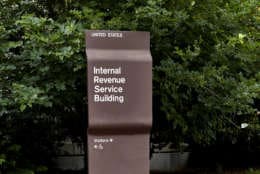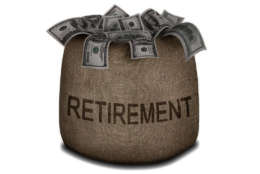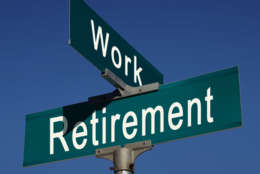Federal Report
-
Over the years the IRS has taken political shots from both parties. Today’s guest columnist says things seem to be getting better.
June 28, 2019 -
Nearly every year for the past decade lawmakers have gone after the two major federal retirement programs, FERS and CSRS. So far, groups representing workers and retirees have managed to beat back the changes — but there have been some close calls.
June 27, 2019 -
Military spouses who have to move frequently face certain challenges when looking for paid, career-level work to support their families. But times are changing.
June 26, 2019 -
Today's guest column comes from a D.C.-area builder and small business owner experienced in dealing with all levels of government officials.
June 25, 2019 -
While Mike Causey is on vacation he asked readers to fill in the space with guest columns for some fresh material and different viewpoints.
June 24, 2019 -
SSA got a new boss this week. He’s different in a number of ways. Including the fact that he worked with the Thrift Savings Plan and therefore knows a lot about the civil service and civil servants.
June 20, 2019 -
September's new Thrift Savings Plan withdrawal options should keep many more investors in the TSP in future. Here's an FAQ on the changes.
June 20, 2019 -
Many long-time government workers and retirees are worth more dead than alive due to the variety of wealth they accumulate over a lifetime.
June 19, 2019 -
With half the legislative year over and Democrats running the House while political eyes focus on 2020 races, the retirement plan looks safe for now.
June 18, 2019 -
Many of the nation’s smartest rank-and-file retirement investors may not be on Wall Street but rather in the cubicle next to yours, in your carpool or even in the mirror.
June 17, 2019 -
Going a decade without a raise has obviously made some lawmakers resentful of federal workers, at least when it comes to setting an amount and actually approving a raise.
June 14, 2019 -
The Trump administration's plan to send most of the work and workers at the Office of Personnel Management to the General Services Administration continues to be met with a lot of pushback.
June 13, 2019 -
Almost everybody knows the buy-low-sell-high "rule" of investing. But many people don’t follow it.
June 12, 2019 -
Despite a decade of mostly good-to-excellent returns in the stock-indexed C, S and I funds, most of the money feds have invested in their in-house 401(k) plan is in the fund which typically had the lowest returns.
June 11, 2019 -
The federal workforce is getting noticeably older — and more workers are delaying their retirement dates. But drawing conclusions from the moving target numbers is easier said than done.
June 10, 2019













